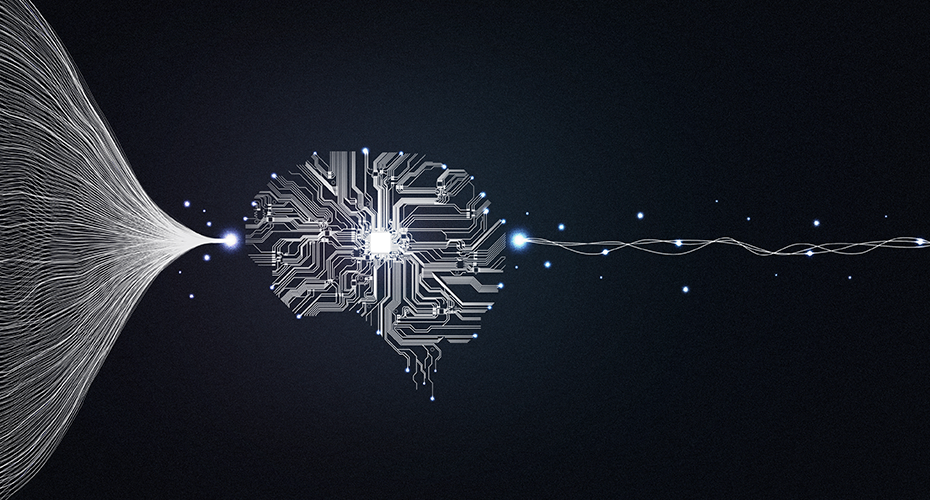
Old Systems Meet New Customer Demands

Consumerism today requires companies everywhere to respond faster to the demands of the customer. Whether it be social, voice, web, or in-person, the customer journey takes on many forms that must operationally be delivered seamlessly.
Despite the urgency presented by this shift to digital means of communication and delivery, not all existing legacy enterprise applications can sustain this rapid change of growth. The biggest concern among several companies is that their mission critical business logic (acumen) and data is being serviced and stored in outdated or sometimes end of life technology stack. While some companies find end of life technology cumbersome and disruptive, at one point the technology served a purpose that is no longer sufficient. The expiration of technology, hardware or software, forces the adoption of new systems that are built to service the demands of today’s end users.
We are at the height of digital consumerism and there are more opportunities than ever to grow and expand without the risk of investing in brick and mortar. As exciting as this sounds, technology today has actually hampered business growth, holding companies back from remaining a part of the competitive landscape. They must transform their systems and supportive culture that manifests in order to stay relevant.
When qualifying how companies fall in their stage of development towards modernizing their legacy systems (hardware or software), most fall into one of the following 4 categories:
- Transform the entire organizational systems, both products and processes.
- Strategically replacing applications, based on their criticality and visibility, and move them onto newer platforms or technology stack
- Improving the performance of the existing systems through re-architecture.
- Pure maintenance mode with small enhancements
Next month, we’ll take a deeper look into each stage and discuss how companies can mine their way out of legacy systems to prepare for digital transformation. Subscribe to receive alerts and stay tuned for more insightful information from Apexon.




